Center for Postnatural History
The PostNatural refers to living organisms that have been altered through processes such as selective breeding or genetic engineering. The Center for PostNatural History is dedicated to the advancement of knowledge relating to the complex interplay between culture, nature and biotechnology.
"We take it as our mission to allow for people to have the experience of arriving at an idea on their own. Personal discovery can be an incredibly transformative experience. Language that comes with a predefined worldview can get in the way of a person finding their own language and framework of understanding. As a strategy we make an attempt to describe the postnatural world without using the language of industry, academia or activism. In practice, this is not always possible, but it remains the ideal goal. Forming one's own opinion can be a frustrating experience. We are sometimes contacted by people, months after coming across one of our exhibits, who are still wrestling with an issue. For us, this is encouraging. The issues are too important and too complicated not to be questioning our own assumptions and re-framing our own ideas in new ways."
-Richard Pell
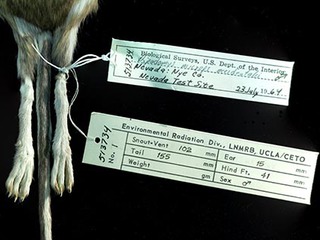
Atomic Age Rodents: A specimen from the collection of the Smithsonian National Museum of Natural History
PostNatural History
Spearheaded by artist Richard Pell, The Center for PostNatural History is a project whose objective is to advance "knowledge relating to the complex interplay between culture, nature, and biotechnology." It is an out-of-the-ordinary natural history museum that concerns itself with "PostNatural" varieties of life normally excluded from scientific taxonomy, i.e., those organisms that have been altered by humankind via selective breeding, genetic engineering, or other methods of biological tampering. Pell and his Center for PostNatural History are archivists of the biologically weird.
The Center, which keeps a catalogue of living and dead specimens, as well as publishes documents like "strategies in Genetic Copy Prevention," celebrates the transgenic mosquitoes, fluorescent fruit flies, and inbred laboratory rats that are the by-products of our age's relentless biological experimentation. By implementing the traditional methodologies of preservation and display- insects stuck on pins, dioramas in glass cases- used by natural history museums, Pell aims to merge his practice with larger discourse of museumology. THis approach is having a great deal of success: Pell was recently awarded the research fellowship at the Smithsonian National Museum of Natural History, effectively blurring beyond recognition the border between art and science occupied by the Center for PostNatural History.
Further Reading
Home Page: http://www.postnatural.org/
Richard Pell at Carnegie Mellon University: http://www.cmu.edu/cas/people/pell_richard.html
No comments yet. Why not add the first?
Showcase
Prepared By Golan Levin
Acknowledgements & Credits
Richard Pell
Center for Postnatural History
2010
Adapted from the 'NEW ART/SCIENCE AFFINITIES'. Published by the Miller Gallery at Carnegie Mellon University and the STUDIO for Creative Inquiry and available at http://millergallery.cfa.cmu.edu/nasabook/
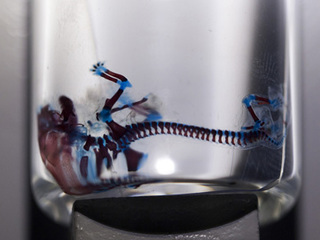
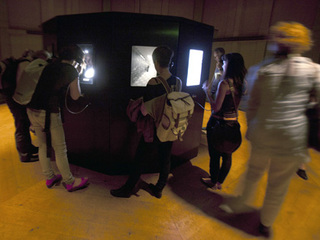
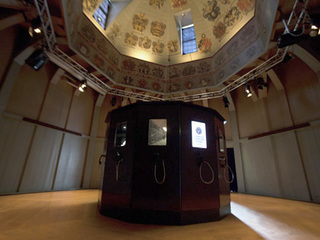
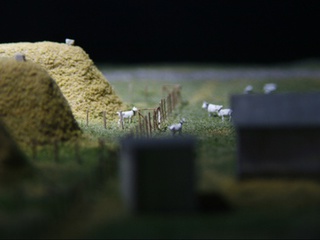
← Back to work
0 Comments